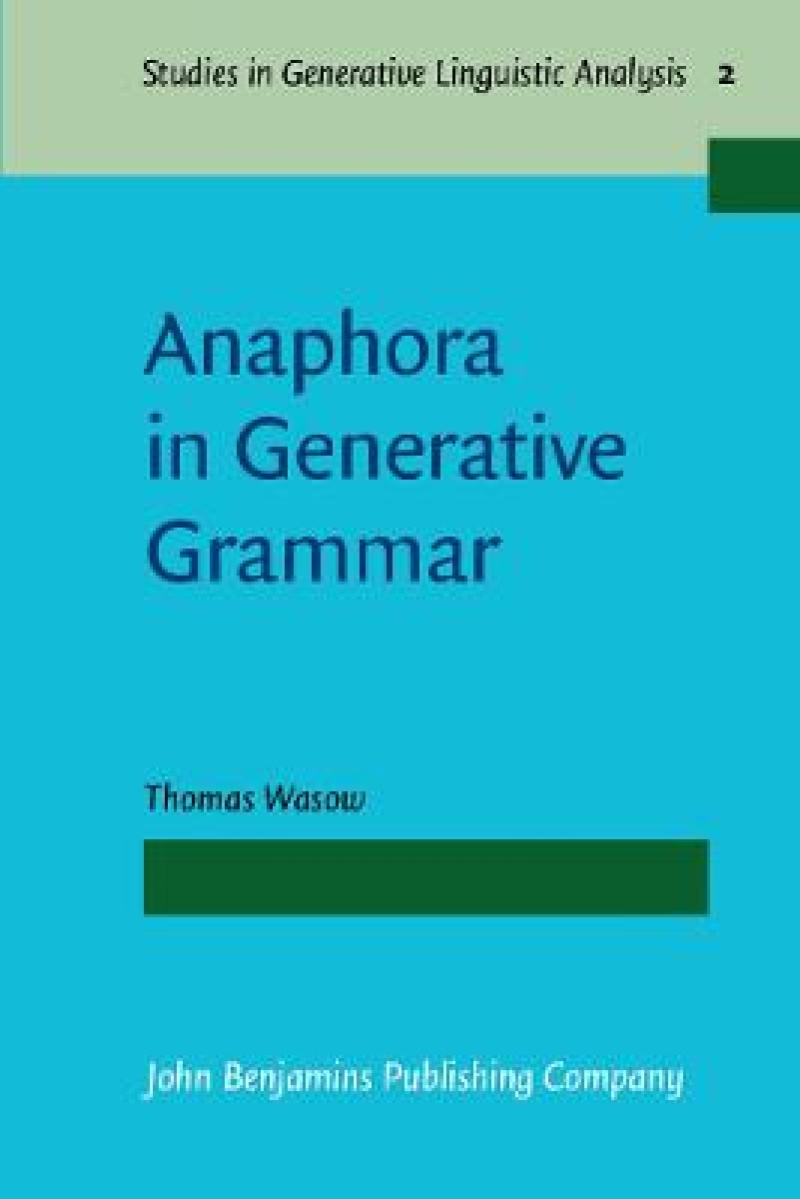Intuitively, it is clear why languages have anaphoric relations: anaphora reduces redundancy, thereby shortening (and hence simplifying) sentences. In order for this simplification to be possible, however, it is necessary that the speaker of a language be able to identify correctly the elements participating in an anaphoric relation and to determine correctly the meaning of the anaphor on the basis of meaning of the antecedent. If a grammar is to reflect the linguistic competence of a native speaker of a language, it must include mechanisms of associating anaphor and antecedent. In this volume the following questions will be considered: What sorts of mechanisms are best suited for representing anaphora in a grammar? What are the conditions on the rule(s) associating anaphors with antecedents? Do the various cases of anaphora form a linguistically significant class of phenomena, and, if so, how can the grammar capture this fact? And what do these answers entail for linguistic theory?
Les mer
1. Acknowledgements; 2. Preface; 3. Chapter One : Background; 4. PART I : Pronominal Anaphora; 5. Chapter Two : The Pronominalization and Reflexivization Transformations; 6. Chapter Three : Alternatives to Pronominalization; 7. Chapter Four : The Pronominal Anaphora Rule; 8. PART II : Other Anaphoric Relations; 9. Chapter Five : The Essential Unity of Anaphora; 10. Chapter Six : An Alternative to Deletion; 11. Chapter Seven : The Status of Equi; 12. Chapter Eight : Conclusions; 13. Appendix I : The Bach-Peters Paradox and Karttunen's Argument; 14. Appendix II : Postal's WH-Constraint; 15. Bibliography
Les mer
Produktdetaljer
ISBN
9789064391620
Publisert
1979-01-01
Utgiver
Vendor
John Benjamins Publishing Co
Vekt
350 gr
Aldersnivå
P, 06
Språk
Product language
Engelsk
Format
Product format
Heftet
Forfatter
